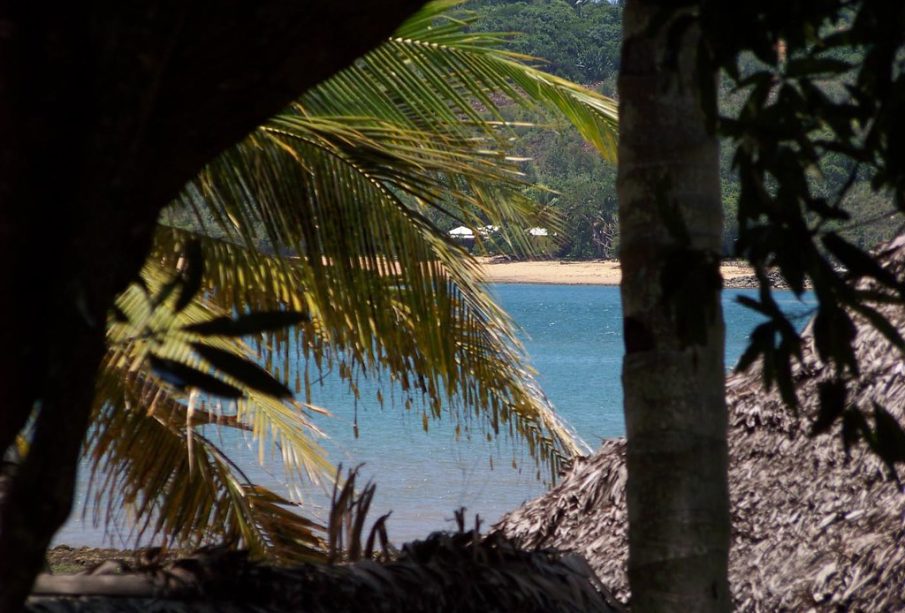Exploring Madagascar: An Island Rich in Biodiversity and Culture

Introduction
Madagascar, the fourth largest island in the world, is known for its remarkable biodiversity and rich cultural heritage. As the only home of many species, including the iconic lemurs, Madagascar has garnered significant attention from scientists, conservationists, and travelers alike. Understanding this unique island nation is crucial, especially in light of the increasing environmental challenges it faces.
Biodiversity Hotspot
Madagascar’s isolation from the mainland has led to the evolution of a vast array of flora and fauna found nowhere else on Earth. Approximately 90% of wildlife in Madagascar is endemic, making it a biodiversity hotspot. According to research from Conservation International, Madagascar is home to about 12,000 plant species, 300 types of mammals, and nearly 400 bird species, of which more than half are unique to the island.
Conservation Challenges
Despite its natural wealth, Madagascar is facing severe environmental threats, including deforestation, habitat destruction, and climate change. The World Wildlife Fund reports that around 90% of Madagascar’s forests have been depleted in the past century, primarily due to slash-and-burn agriculture and logging. This has led to a loss of habitats for many of its endemic species, raising alarm among conservationists.
Cultural Heritage
Madagascar is not only significant for its wildlife but also for its diverse cultures. The island is home to over 18 ethnic groups, each with its distinct customs and traditions. The Malagasy people have a unique heritage intertwined with their environment, reflected in their traditions of ancestor worship and the famous “famadihana” or the turning of the bones ceremony. Understanding these cultural practices is essential for any traveler looking to engage meaningfully with the local communities.
Tourism and Economic Impact
Tourism in Madagascar presents both opportunities and threats. It provides essential revenue for conservation efforts, yet if not managed sustainably, it can contribute to environmental degradation. The Global Sustainable Tourism Council emphasizes the need for responsible tourism practices to ensure that the natural and cultural heritage is preserved for future generations.
Conclusion
Madagascar stands as a testament to the incredible diversity of our planet and the pressing need for conservation. As global awareness grows, actions to protect this unique island will become increasingly vital. For travelers, Madagascar offers not only breathtaking landscapes and unique wildlife but also a rich cultural experience that is deeply connected to its environment. Those who venture to this extraordinary island will leave not only with cherished memories but also with a deeper understanding of the challenges it faces and the importance of preserving it for the future.








